- Home
- Multimedia
- Photo Gallery
- PHOTOS: The streets of Delhi, during times of Covid-19
PHOTOS: The streets of Delhi, during times of Covid-19
I grew up in Delhi, a city that has given me so immeasurably a treasure trove of memories of streets walked on, buildings visited, parks strolled, laughter
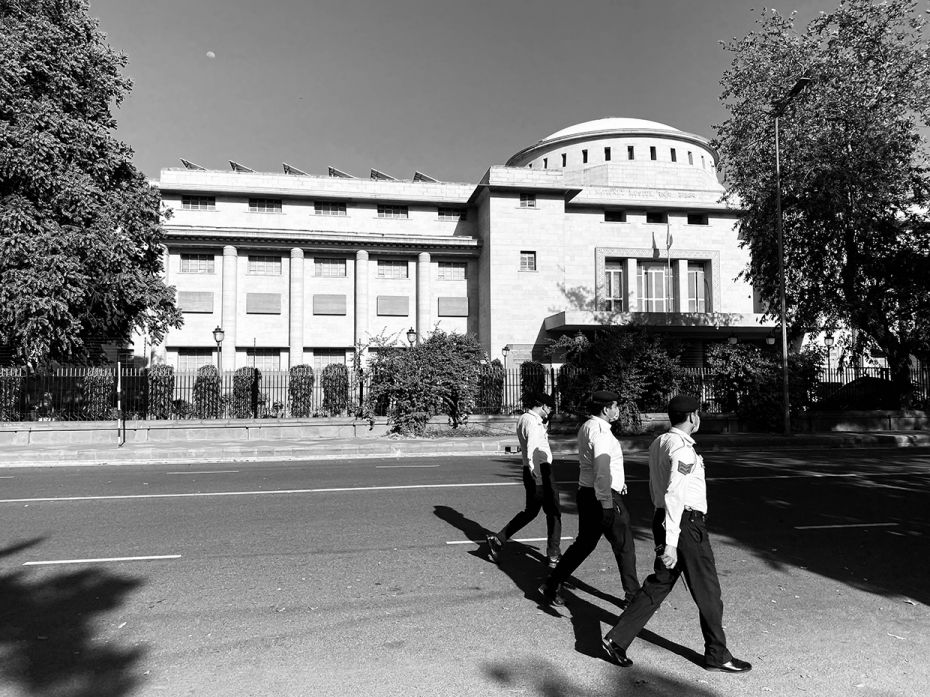
Image by : Parul Sharma
NGMA: Jawahar Lal Nehru laid the foundation stone in 1955 for the National Museum, designed by architect Ganesh Bikaji. It stands on a plot of land originally earmarked for the Imperial Museum by modern Delhi’s master planner, Edwin Lutyens. It’s 200,000 collection of Indian, Oriental and Western art and artefacts spans 5,000 years of history.
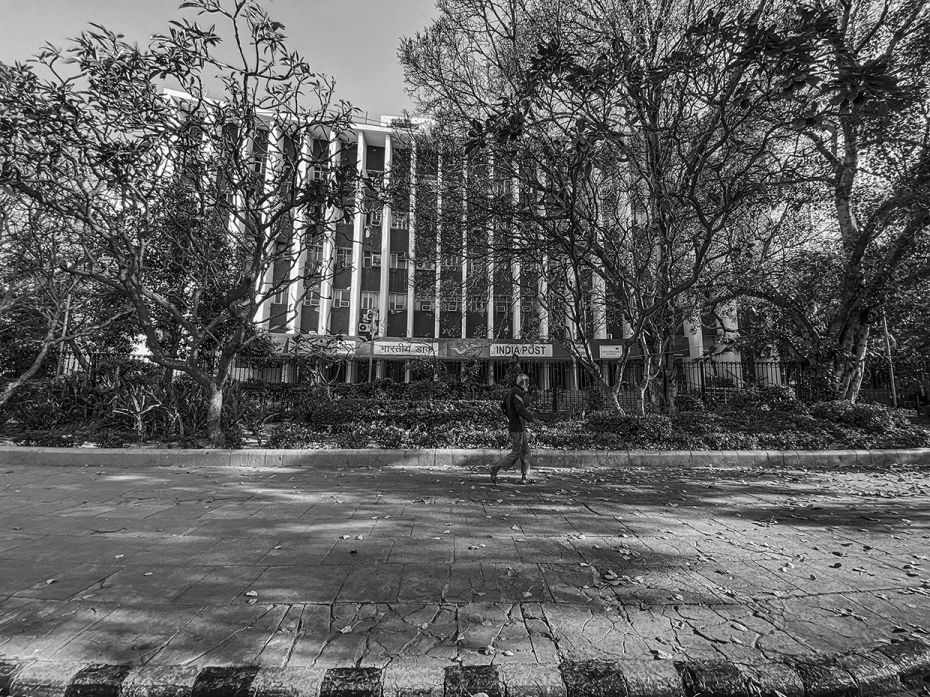
Image by : Parul Sharma
Delhi’s Central Post Office: Two architects dominated the shaping of Delhi’s design DNA in the last century. In the early part, Sir Edwin Lutyens for forging the city’s imperial stature; and in the 1950s, Habib Rehman, the man who built modern Delhi. Dak Bhawan was designed in 1954 with a wide facade extending along Patel Chowk and is Delhi’s Central Post Office. Directly across from Dak Bhawan is the equally gripping Sardar Patel Bhawan, also designed by Rehman, whose studies at MIT also led to a fortuitous friendship with Walter Gropius, the father of the Bauhaus movement.
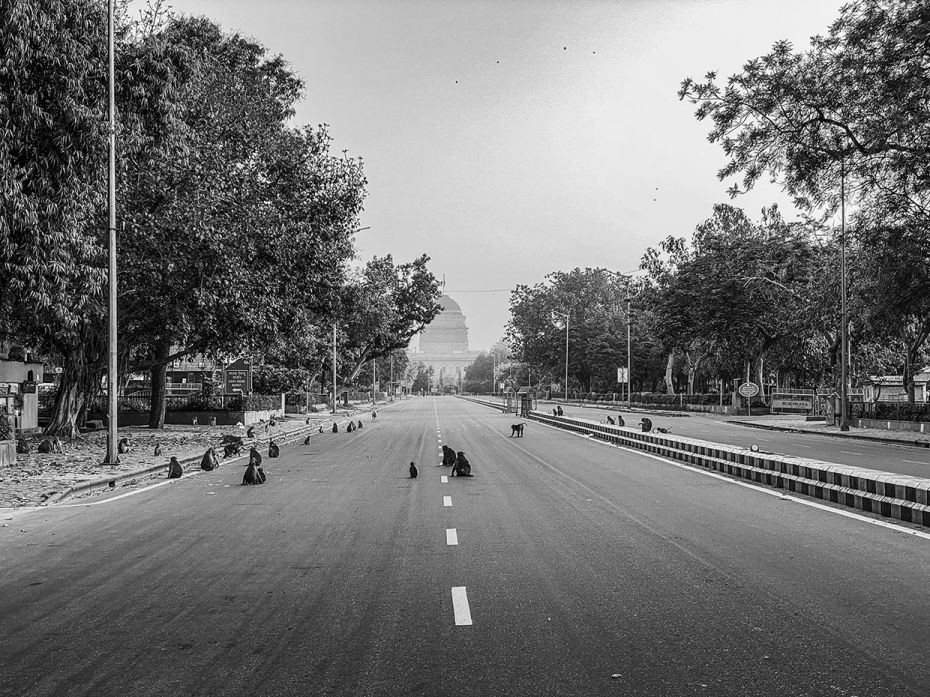
Image by : Parul Sharma
President House: Monkeys are Delhi’s permanent witnesses to both its glorious and inglorious evolution. They lounge on King Georges Avenue, now called South Avenue, cocking a snook at Rashtrapati Bhavan in the distance, and mocking its pretence to power.
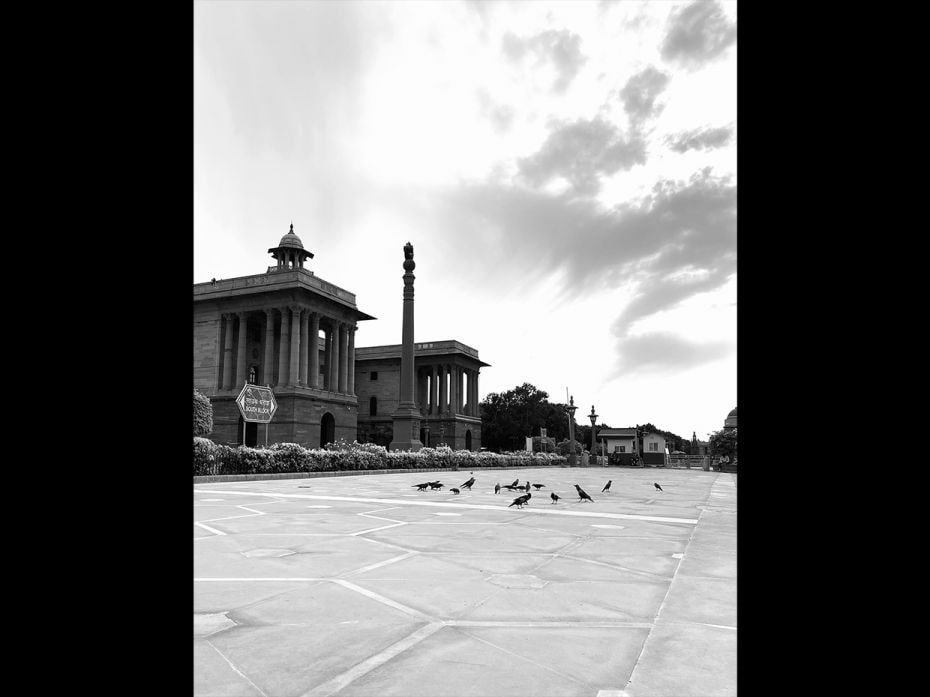
Image by : Parul Sharma
South Block: A sandstone block encapsulating The Prime Minister’s Office., The Ministry of Defence and The Ministry of External Affairs. Take the road straight up Rajpath, journey up Raisina Hill, and who knows? You could end up running the country. Designed in 1911 by Sir Edwin Lutyens, and conceived as the ceremonial axis of a modern Imperial city, South Block is flanked by North Block,housing the Ministries of Finance and Home, and crested by Rashtrapati Bhavan.
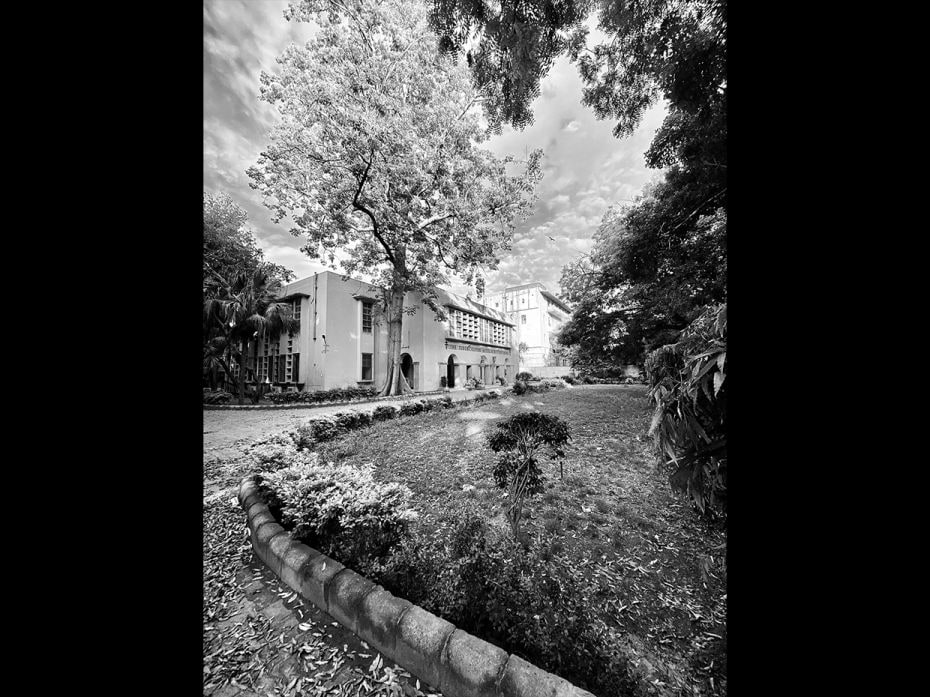
Image by : Parul Sharma
The Tuberculosis Association of India Building represents the best of Anglo-Indian architecture of the 1930s in New Delhi. Its architect was Walter Sykes George, who will also be remembered by every Stephanian as the designer of Delhi University's iconic St. Stephens College. The Tuberculosis Association Building features adjustable lightweight horizontal louvers in juxtaposition to its modernist style.
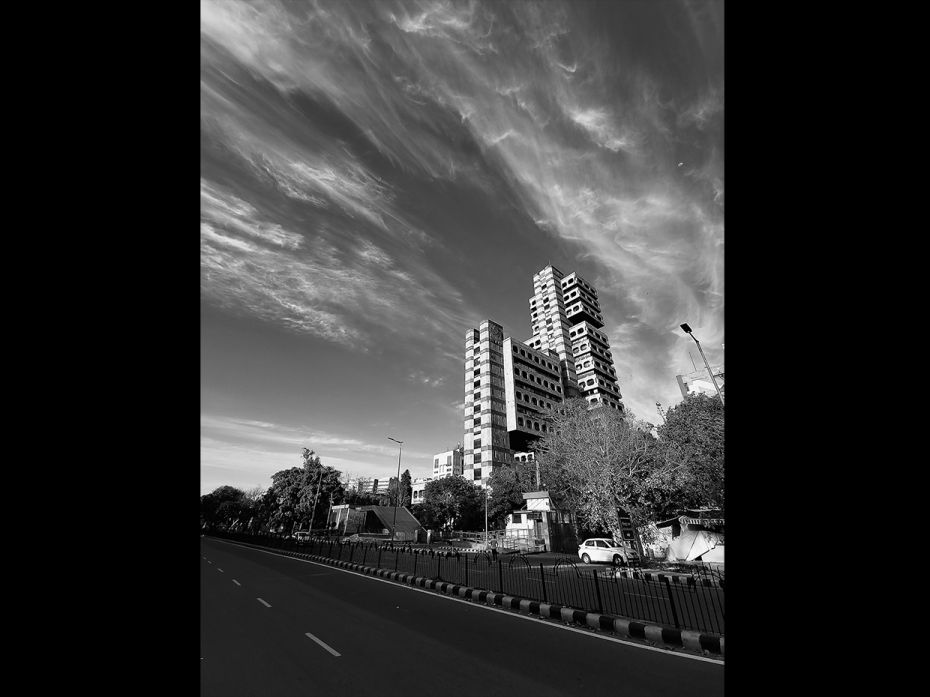
Image by : Parul Sharma
The State Trading Corporation's alphabetical style building, designed by globally feted Delhi architect Raj Rewal, was completed by 1989. It is a towering landmark on Janpath and also home to the Central Cottage Industries Emporium, a treasure trove of high quality handmade products from every single Indian state, and arguably the best collection of sarees and carpets on sale. Rewal’s other work of stunning futuristic simplicity is the Parliament Library, adjoining Parliament House.
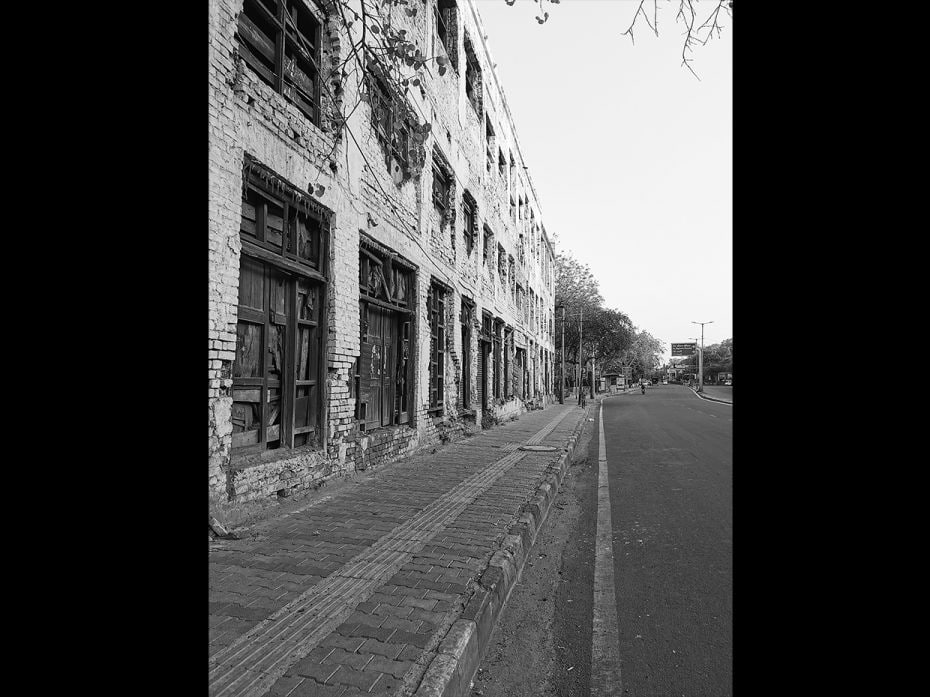
Image by : Parul Sharma
Civil Lines, Old Delhi: A gently decaying building in old Delhi on the edge of Kashmere Gate and the brink of Delhi’s Civil Lines, settings best captured in 'Clear Light of Day', Anita Desai’s moving autopsy of family bonding. Civil Lines was developed in 1857, the year of the great uprising. European families who lived in the walled city shifted to set up abode in the land between the ridge bordering Delhi University and the Yamuna river. When they left, the sprawling bungalows and unkempt gardens went to rich Indians. Even today, when Delhiites supercilously state that they grew up in Old Delhi, they mean they came from rich homes in Civil Lines.
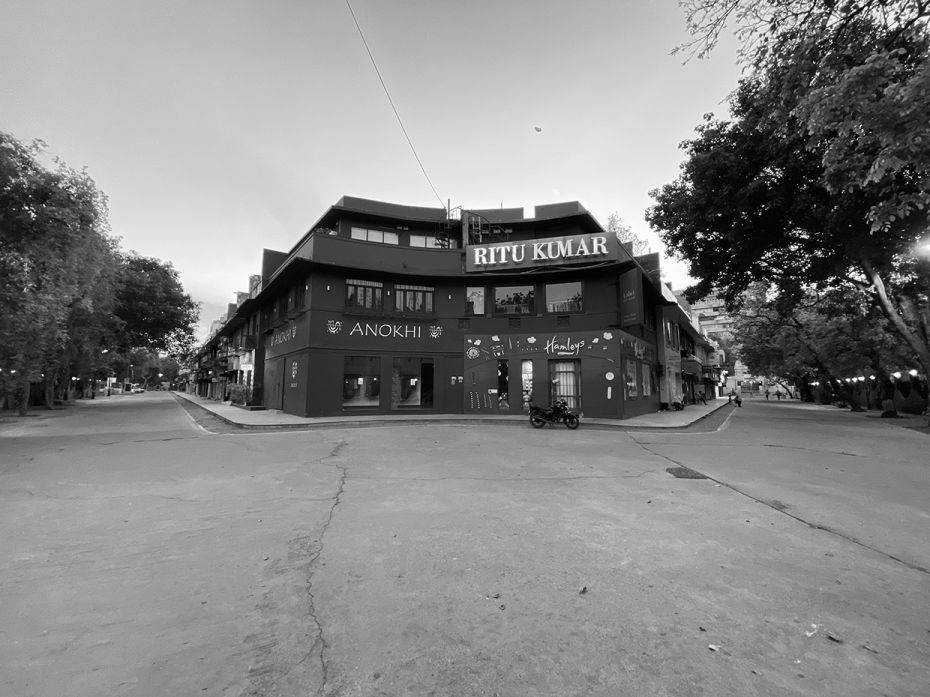
Image by : Parul Sharma
The Khan Market Gang is missing from Delhi’s toniest, and ironically, most expensive real estate shopping cluster, built in 1951 to house immigrant refugees from the North West Frontier and to honour legendary freedom fighter Khan Abdul Ghafar Khan. Its iconic shops, and marquee eateries await corona-free days of aimless shopping and sushi chatter against the establishment.
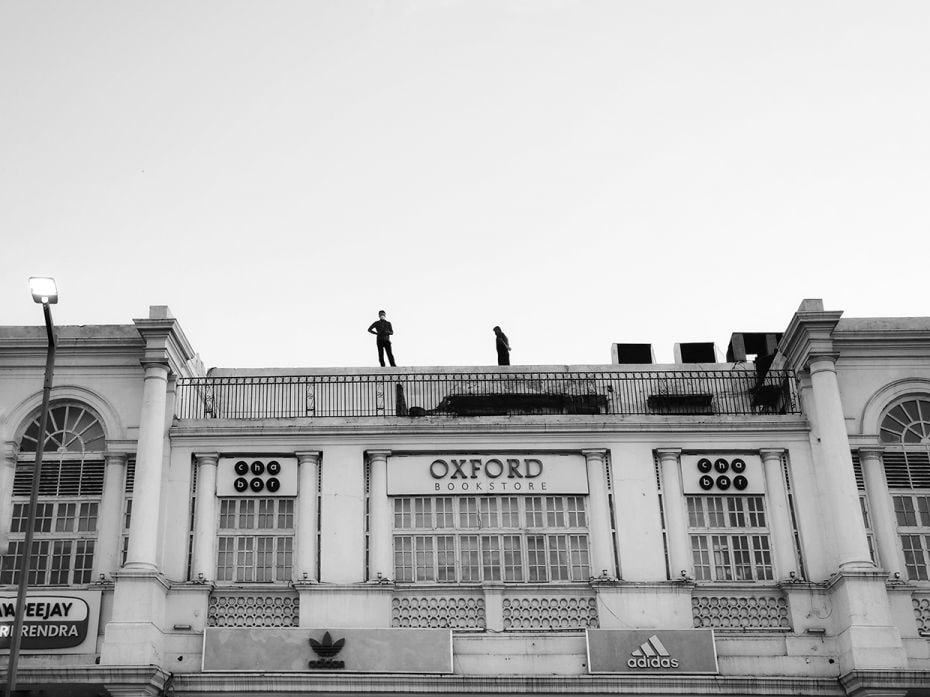
Image by : Parul Sharma
Oxford Book Store: There is indisputably no rival to the magnificent Georgian architecture of Connaught Place, Delhi’s eternal hub for romance and recreation. Named after the Duke of Connaught and built between 1929 to 1933, Connaught Place’s unique three-ringed trinity circle is wrapped around majestic columns, weaving in and out of nooks and corners, with legendary restaurants, movie theatres reminiscent of the Raj and busy bookstores like the Oxford, for books of every kind from everywhere in the world.
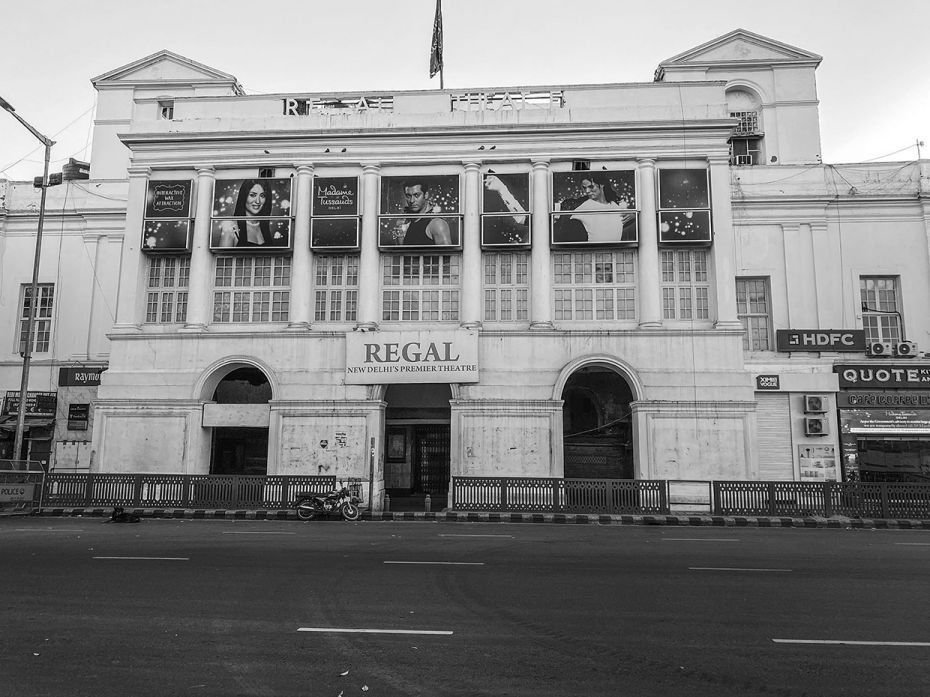
Image by : Parul Sharma
Regal Theatre, built in 1932, was originally the venue for ballets, plays and theatre. It also became Hollywood’s first choice for exhibiting epics of those decades, starting with the premiere of Gone with the Wind in 1940. It was also where we saw Raj Kapoor’s Sangam and Mera Naam Joker. Regal will always remain a breathtaking symbol of Delhi’s continuing tryst with timeless cinema.
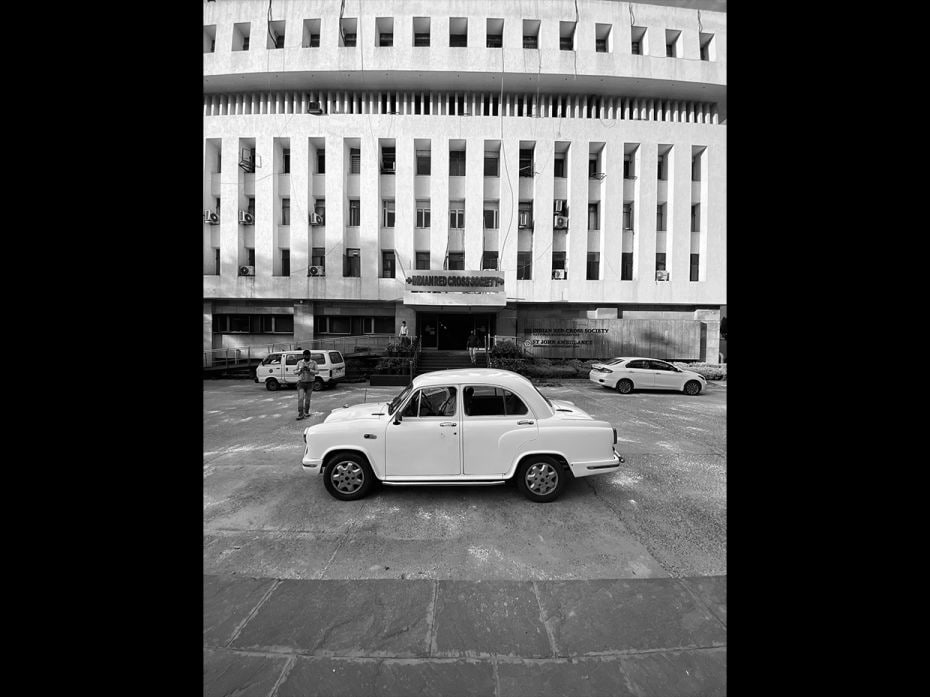
Image by : Parul Sharma
Indian Red Cross Society building: The man known as 'adhi Dilli ka maalik, owner of half of Delhi' and who constructed much of Delhi in his lifetime, Sir Sobha Singh built the Indian Red Cross Society building on Red Cross Road, a stone's throw from Parliament. Sobha Singh also built Connaught Place, Modern School, St. Columbus School, The National Museum and the list goes on. Everywhere you turn on a majestic road in New Delhi, you will see a landmark building built by him.
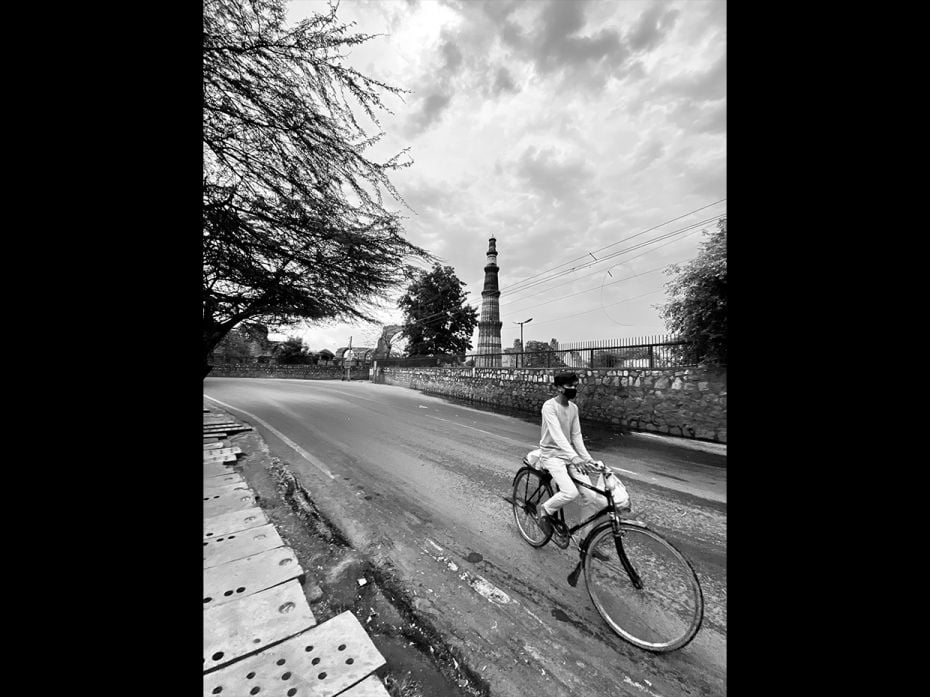
Image by : Parul Sharma
Qutb Minar: The UNESCO World Heritage site, Delhi’s soaring 73 meter high Indo-Islamic Victory Tower was built in 1193 by Qutub-ud-din Aibak to mark the defeat of Delhi’s last Hindu Kingdom. At its bottom is the Quawwat ul Islam mosque, the first mosque to be built in India. It remains a beacon for Delhi’s multilayered history, proud, tall, and weathered through time.





